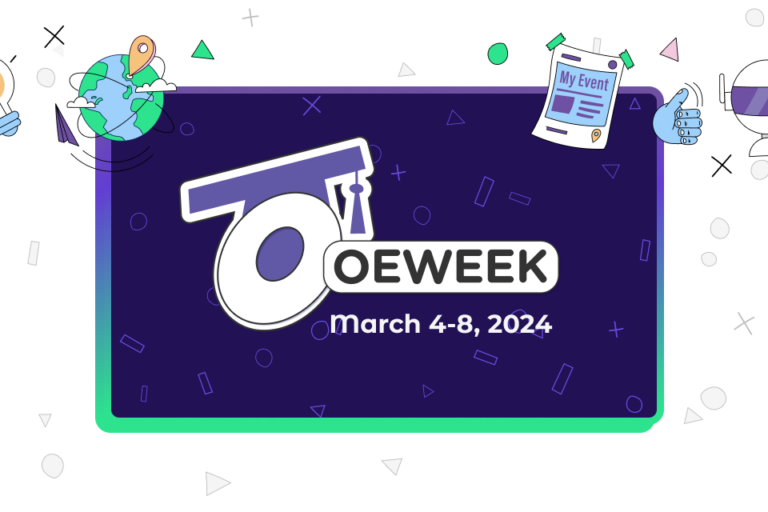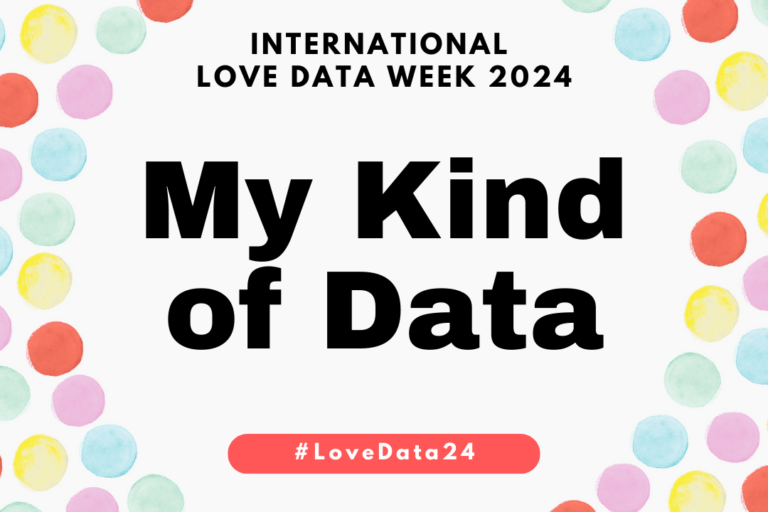Celebrate Native American Heritage Month
November is Native American Heritage Month. In honor of that, this post will start with the UND Land Acknowledgement.
Today, the University of North Dakota rests on the ancestral lands of the Pembina and Red Lake Bands of Ojibwe and the Dakota Oyate – presently existing as composite parts of the Red Lake, Turtle Mountain, White Earth Bands, and the Dakota Tribes of Minnesota and North Dakota.
We acknowledge the people who resided here for generations and recognize that the spirit of the Ojibwe and Oyate people permeates this land. As a university community, we will continue to build upon our relations with the First Nations of the State of North Dakota – the Mandan, Hidatsa, and Arikara Nation, Sisseton-Wahpeton Oyate Nation, Spirit Lake Nation, Standing Rock Sioux Tribe, and Turtle Mountain Band of Chippewa Indians.
Fiction
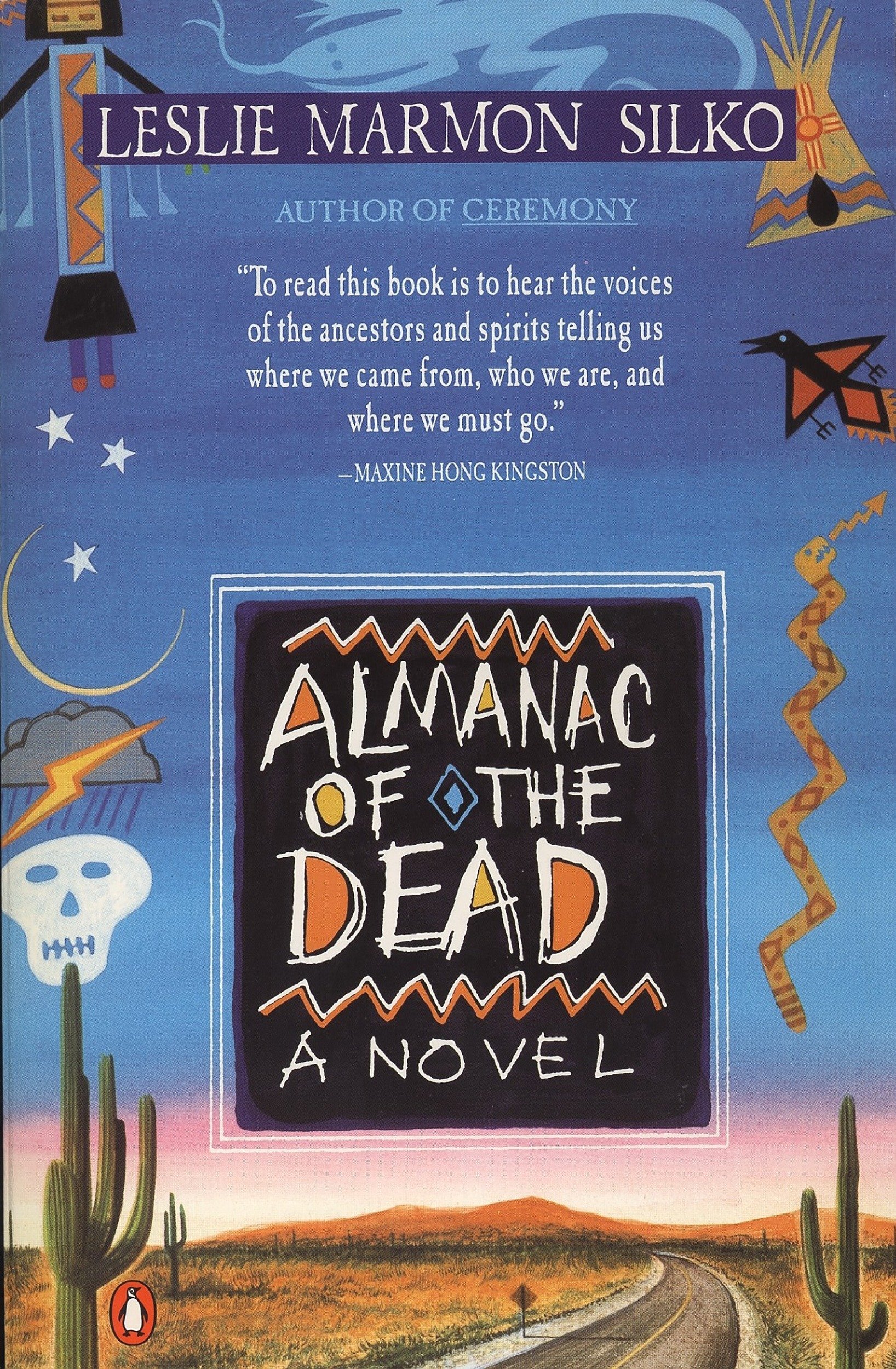 Almanac of the Dead by Leslie Marmon Silko
Almanac of the Dead by Leslie Marmon Silko
This book weaves ideas and lives, fate and history, passion and conquest in an attempt to re-create the moral history of the Americas, told from the point of view of the conquered, not the conquerors.
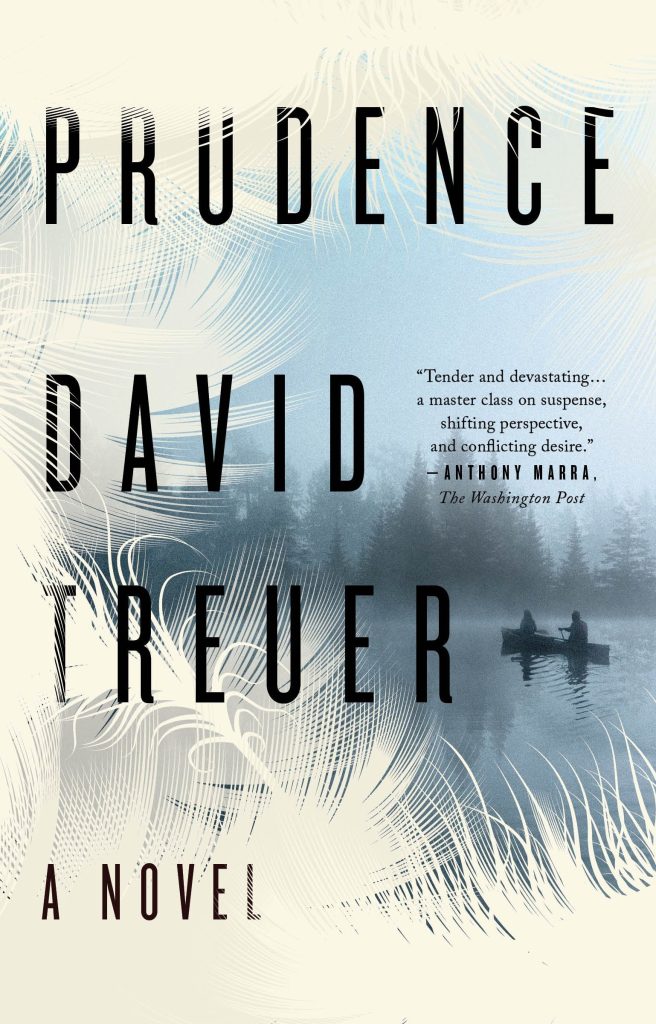 Prudence by David Treuer
Prudence by David Treuer
On a sweltering day in August 1942, Frankie Washburn returns to his family’s rustic Minnesota resort for one last visit before he joins the war as a bombardier, headed for the darkened skies over Europe. But before the homecoming can be celebrated, the search for a German soldier, escaped from the POW camp across the river, explodes in a shocking act of violence, with consequences that will reverberate years into the future for all of them and that will shape how each of them makes sense of their lives.
 The Round House by Louise Erdrich
The Round House by Louise Erdrich
Sunday in the spring of 1988, a woman tribal enrollment specialist living on a reservation in North Dakota is attacked. The details of the crime are slow to surface as Geraldine Coutts is traumatized and reluctant to relive or reveal what happened, either to the police or to her husband, Bazil, and son, Joe. Increasingly alone, Joe finds himself thrust prematurely into an adult world for which he is ill prepared. While his father, who is a tribal judge, endeavors to wrest justice from a situation that defies his efforts, Joe becomes frustrated with the official investigation and sets out with his trusted friends, Cappy, Zack, and Angus, to get some answers of his own.
 There There by Tommy Orange
There There by Tommy Orange
This novel follows twelve characters from Native communities: all traveling to the Big Oakland Powwow, all connected to one another in ways they may not yet realize. Among them is Jacquie Red Feather, newly sober and trying to make it back to the family she left behind. Dene Oxendene, pulling his life together after his uncle’s death and working at the powwow to honor his memory. Fourteen-year-old Orvil, coming to perform traditional dance for the very first time. Together, this chorus of voices tells of the plight of the urban Native American–grappling with a complex and painful history, with an inheritance of beauty and spirituality, with communion and sacrifice and heroism.
Non Fiction
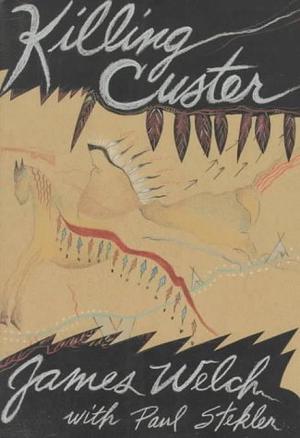 Killing Custer: The Battle of Little Big Horn and the Fate of the Plains Indians by James Welch
Killing Custer: The Battle of Little Big Horn and the Fate of the Plains Indians by James Welch
General George Custer’s 1876 attack on a huge encampment of Plains Indians has gone down as the most disastrous defeat in American history. Much less understood is how disastrous it was for the “victors, ” the Sioux and Cheyenne under the leadership of Sitting Bull: within fifteen years all Native Americans were confined to reservations, their culture in ruins. James Welch poignantly resurrects their side of the story from beneath a mountain of myth and misinterpretation, relating in masterful prose the pride and desperation of a people stripped of treaty rights and hounded from ancestral hunting grounds into wretched reservations.
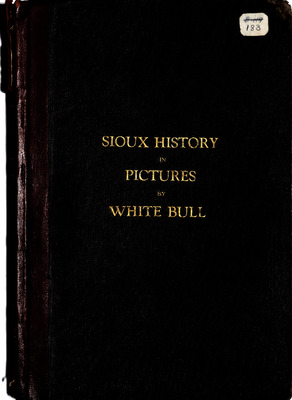 Sioux History in Pictures (the White Bull Manuscript) by Joseph White Bull (Pte-san-hunka)
Sioux History in Pictures (the White Bull Manuscript) by Joseph White Bull (Pte-san-hunka)
The White Bull Manuscript, as it is commonly known, was commissioned by Usher Burdick in 1931. Burdick encouraged White Bull to chronicle his life. In a black bound business ledger, White Bull recorded the events of his life in his native Dakota language. The pictographs are rendered in ink, lead pencil and colored crayon, with explanatory text in Dakota. Buffalo and bear hunts, horse raiding exploits, instances of “counting coup,” and battles and skirmishes are among the subjects. An English translation of the manuscript was published with the title The Warrior Who Killed Custer: The Personal Narrative of Chief Joseph White Bull. Translated by James Howard, this book was published by the University of Nebraska Press in 1968.
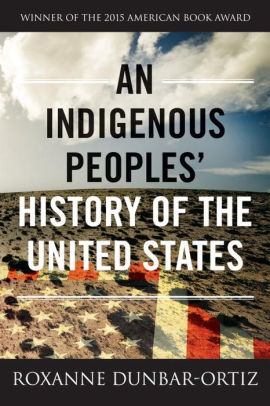 An Indigenous Peoples’ History of the United States by Roxanne Dunbar-Ortiz
An Indigenous Peoples’ History of the United States by Roxanne Dunbar-Ortiz
Today in the United States, there are more than five hundred federally-recognized Indigenous nations comprising nearly three million people, descendants of the fifteen million Native people who once inhabited this land. he centuries-long genocidal program of the US settler-colonial regimen has largely been omitted from history. Now historian and activist Roxanne Dunbar-Ortiz offers a history of the United States told from the perspective of Indigenous peoples and reveals how Native Americans, for centuries, actively resisted expansion of the US empire. Spanning more than four hundred years, this classic bottom-up people’s history radically reframes US history and explodes the silences that have haunted our national narrative.
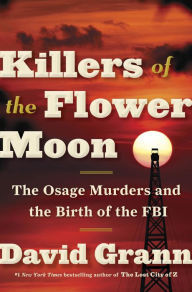 Killers of the Flower Moon by David Grann
Killers of the Flower Moon by David Grann
In the 1920s, the richest people per capita in the world were members of the Osage Indian Nation in Oklahoma. After oil was discovered beneath their land, the Osage rode in chauffeured automobiles, built mansions, and sent their children to study in Europe. Then, one by one, they began to be killed off. One Osage woman, Mollie Burkhart, watched as her family was murdered. And it was just the beginning, as more Osage began to die under mysterious circumstances. In this last remnant of the Wild West—where oilmen like J. P. Getty made their fortunes and where desperadoes such as Al Spencer, “the Phantom Terror,” roamed – virtually anyone who dared to investigate the killings were themselves murdered. As the death toll surpassed more than twenty-four Osage, the newly created F.B.I. took up the case, in what became one of the organization’s first major homicide investigations.
Children’s Collection
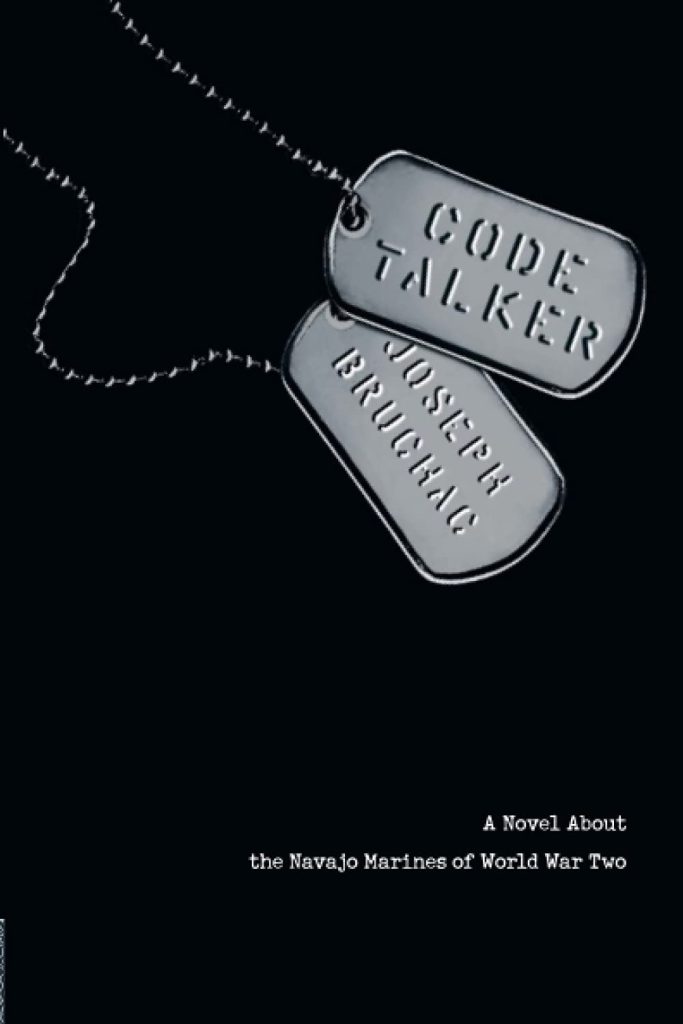 Code Talker by Joseph Bruchac
Code Talker by Joseph Bruchac
Throughout World War II, in the conflict fought against Japan, Navajo code talkers were a crucial part of the U.S. effort, sending messages back and forth in an unbreakable code that used their native language. They braved some of the heaviest fighting of the war, and with their code, they saved countless American lives. Yet their story remained classified for more than twenty years. But now Joseph Bruchac brings their stories to life for young adults through the riveting fictional tale of Ned Begay, a sixteen-year-old Navajo boy who becomes a code talker.
 Fry Bread: A Native American Family Story by Kevin Noble Maillard
Fry Bread: A Native American Family Story by Kevin Noble Maillard
Fry bread is food. It is warm and delicious, piled high on a plate. Fry bread is time. It brings families together for meals and new memories. Fry bread is nation. It is shared by many, from coast to coast and beyond. Fry bread is us. It is a celebration of old and new, traditional and modern, similarity and difference. Told in lively and powerful verse by debut author Kevin Noble Maillard, Fry Breadis an evocative depiction of a modern Native American family, vibrantly illustrated by Caldecott Honor winner Juana Martinez-Neal.
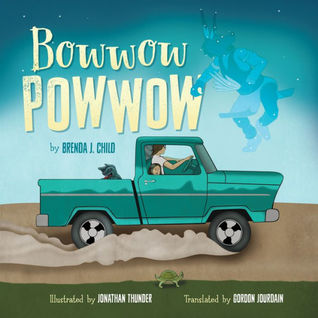 Bowwow Powwow: Bagosenjige-niimi’idim by Brenda Child
Bowwow Powwow: Bagosenjige-niimi’idim by Brenda Child
Windy Girl is blessed with a vivid imagination. From Uncle she gathers stories of long-ago traditions, about dances and sharing and gratitude. Windy can tell such stories herself–about her dog, Itchy Boy, and the way he dances to request a treat and how he wriggles with joy in response to, well, just about everything. When Uncle and Windy Girl and Itchy Boy attend a powwow, Windy watches the dancers and listens to the singers. She eats tasty food and joins family and friends around the campfire. Later, Windy falls asleep under the stars. Now Uncle’s stories inspire other visions in her head: a bowwow powwow, where all the dancers are dogs.
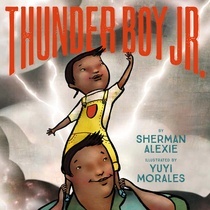 Thunder Boy Jr. by Sherman Alexie
Thunder Boy Jr. by Sherman Alexie
Thunder Boy Jr. wants a normal name…one that’s all his own. Dad is known as big Thunder, but little thunder doesn’t want to share a name. He wants a name that celebrates something cool he’s done like Touch the Clouds, Not Afraid of Ten Thousand Teeth, or Full of Wonder. But just when Little Thunder thinks all hope is lost, dad picks the best name.

